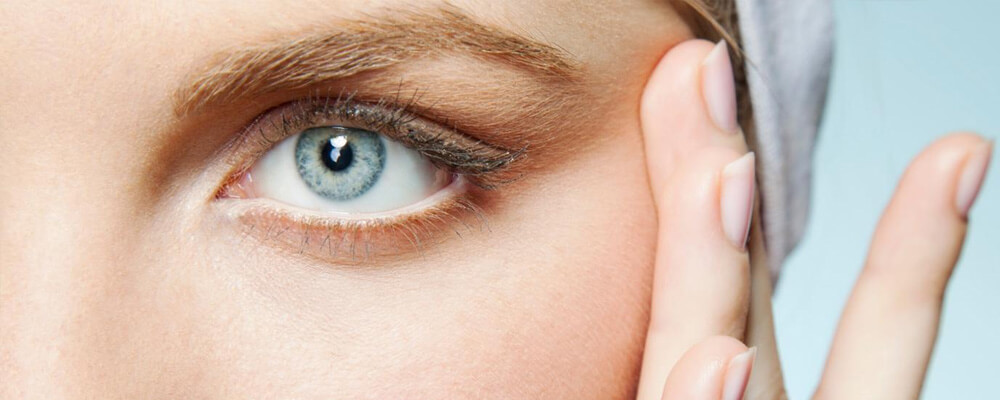

Facial Aesthetics – Hi-Fu System
Facial Aesthetics has become a part of almost everyone’s life with its beauty and aesthetic applications that have been very popular lately. Hi-Fu system is one of them. It is also known as and focused ultrasound. With the Hi-Fu application, which has become very common recently, many procedures can be applied to rejuvenate, and all of them are performed without surgery. Examples of these procedures are face lift, brow lift, jowl removal and body shaping. The groundbreaking Hi-Fu system, especially with its non-surgical application in facial aesthetics, is now widely preferred by many people. It is very popular because it both tightens and stretches the face, making you look younger.
How to Perform Hi-Fu Process?
Facial Aesthetics – Hi-Fu System is performed painlessly and easily without anesthesia or any numbing. First of all, the skin of the person is cleaned and gel is applied to the face so that it can be used comfortably on the device. Then, the degree and settings of the Hi-Fu device are made and the application starts. First of all, the face is shot with a 4.5 MM head with focused ultrasound. Afterwards, more superficial shots are made with 3 mm and 1.5 MM heads. This facilitates the healing process in all layers of the skin. It stimulates the skin and provides collagen formation. Thus, the skin is tightened and rejuvenated over time.
How Long Does the Hi-Fu Practice Take?
The Hi-Fu treatment time, which varies according to the area, usually takes between 45 minutes and 1.5 hours for the face area. After the application, the person can continue his life naturally. It does not require any special consideration afterward. A temporary redness may occur in the facial area. It will pass within a maximum of 1 or 2 hours.
Facial Aesthetics / To Whom Can Hi-Fu Be Applied?
- People who have fillings in the area where Hi-Fu will be applied. May cause the filling to melt
- For people who do not have active acne or skin infections in the face area
- Persons with pacemakers, metal stands or electronic devices
- People with a disease that prevents blood from clotting
- For those with autoimmune disease
- To pregnant women or children
- Epilepsy patients
- For diabetics